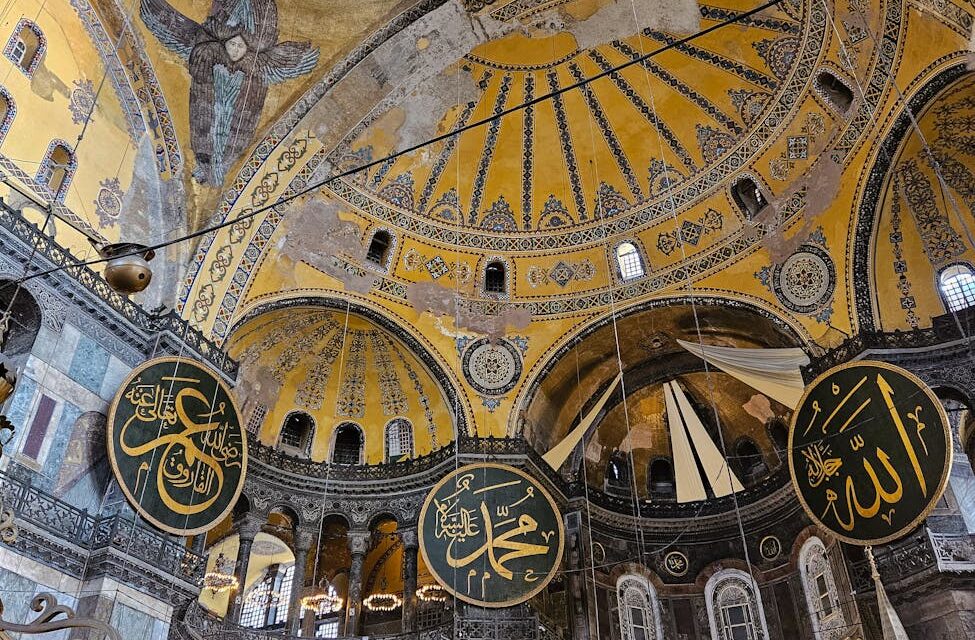How to Analyze the Scarcity of an NFT Collection
Navigating the bustling NFT marketplace can feel like exploring a vast, uncharted territory. With countless collections popping up every day, it’s crucial to develop a keen eye for spotting truly valuable assets. And at the heart of NFT value lies the concept of scarcity.
Scarcity, in simple terms, refers to how limited an item is. In the digital world of NFTs, where replication is theoretically effortless, artificial scarcity is created and maintained through blockchain technology. But understanding how to analyze this scarcity is the key to unlocking smart investment decisions.
Why is Scarcity Important for NFTs?
Think about it – a limited-edition baseball card or a rare stamp holds significant value because of its scarcity. The same principle applies to NFTs. The rarer an NFT, the higher its potential value. This is driven by basic supply and demand economics – a limited supply combined with high demand pushes prices upwards.
Key Factors Affecting NFT Scarcity
- Limited Supply: The total number of NFTs within a collection. A lower supply generally suggests higher scarcity.
- Unique Traits: NFTs within a collection often have varying attributes, like background color, clothing, or accessories. The rarity of these individual traits contributes to the overall scarcity of a specific NFT.
- Demand and Community: A strong community and high demand for a particular collection, regardless of its supply, can also contribute to perceived scarcity and increased value.
Tools and Techniques for Analyzing Scarcity
Thankfully, you don’t need to be a data scientist to analyze NFT scarcity. Several tools and techniques can help you:
- Rarity Tools: Websites like Rarity.tools aggregate data from various NFT collections, providing rarity rankings for individual NFTs based on their traits. These rankings can be invaluable for quick assessments.
- Trait Analysis: Manually examining the distribution of traits within a collection can offer deeper insights. Look for traits that appear less frequently – these often signal higher rarity.
- Floor Price Observation: The floor price, the lowest price for an NFT within a collection, can be an indicator of overall demand and scarcity. A rising floor price often suggests increasing scarcity and desirability.
Don’t just rely on one tool or technique. Combining multiple approaches gives you a more comprehensive understanding.
Beyond the Numbers: The Intangible Factors
While data analysis is crucial, don’t overlook the intangible factors that influence scarcity and value:
- Artist Reputation: NFTs created by established artists or brands often command higher prices due to their perceived value and scarcity.
- Community Engagement: A vibrant and active community can significantly impact an NFT collection’s long-term value. Look for projects with strong social media presence and dedicated followers.
- Utility: Some NFTs offer utility beyond just being collectibles. This could include access to exclusive events, membership benefits, or even future airdrops. Utility adds another layer of scarcity and value.
Remember, analyzing NFT scarcity is not an exact science. It’s a blend of data analysis, market observation, and understanding the broader NFT landscape.
Putting It All Together: A Practical Example
Let’s say you’re considering investing in an NFT collection called “CyberPunks.” You could use Rarity.tools to get a quick overview of the rarity rankings. Then, delve deeper by analyzing the frequency of specific traits like hairstyles or accessories. Finally, observe the floor price and community activity to gauge overall demand and potential future value.

Staying Ahead of the Curve
The NFT market is constantly evolving. Staying informed about emerging trends and new projects is vital. Follow reputable NFT news sources, engage with communities, and continuously refine your analytical skills to stay ahead of the curve.
Conclusion: Mastering the Art of Scarcity Analysis
Analyzing NFT scarcity is a crucial skill for any serious NFT investor. By understanding the factors that influence rarity and utilizing the right tools and techniques, you can make informed decisions and uncover hidden gems in the ever-expanding world of digital collectibles. Don’t be afraid to dive in, explore, and discover the fascinating dynamics of NFT scarcity.
Remember, this journey requires continuous learning and adaptation. The more you practice analyzing scarcity, the better equipped you’ll be to navigate the exciting world of NFTs.



 A Guide to NFT Generative Art Platforms (2024)
A Guide to NFT Generative Art Platforms (2024)  Crypto’s Carbon Footprint: The Real, Nuanced Story
Crypto’s Carbon Footprint: The Real, Nuanced Story  Join a Web3 Community: The Ultimate Networking Guide
Join a Web3 Community: The Ultimate Networking Guide  What Are AMMs? Automated Market Makers Explained Simply
What Are AMMs? Automated Market Makers Explained Simply  NFT Legal Questions Answered: A Simple Guide
NFT Legal Questions Answered: A Simple Guide  Build a Balanced Cryptocurrency Portfolio: A 2024 Guide
Build a Balanced Cryptocurrency Portfolio: A 2024 Guide  A Guide to NFT Generative Art Platforms (2024)
A Guide to NFT Generative Art Platforms (2024)  Crypto’s Carbon Footprint: The Real, Nuanced Story
Crypto’s Carbon Footprint: The Real, Nuanced Story  Join a Web3 Community: The Ultimate Networking Guide
Join a Web3 Community: The Ultimate Networking Guide  What Are AMMs? Automated Market Makers Explained Simply
What Are AMMs? Automated Market Makers Explained Simply  NFT Legal Questions Answered: A Simple Guide
NFT Legal Questions Answered: A Simple Guide  Build a Balanced Cryptocurrency Portfolio: A 2024 Guide
Build a Balanced Cryptocurrency Portfolio: A 2024 Guide